Secret documents coming out of Australia’s Super Rugby states reveal a push to include Japanese teams in a new Heineken Cup-style Asia Pacific Championship.
While a World Club Challenge has already been mooted – and is being considered every three or four years – it can be revealed the Queensland Reds are driving support to follow the hugely successful Heineken Cup and Challenge Cup models in Europe.
The proposed model would see a finals weekend involving the highest ranked Super Rugby and Japanese League One teams in the Championship Cup and Challenge Cup play on one weekend, before the winner of the Championship Cup takes on the winner of the Northern Hemisphere’s Heineken Cup in a neutral location.
All five Australian Super Rugby franchises have seen the proposed model and there is broad support for the concept.
There is hope that the new Super Rugby joint venture board, which has the respective franchises in Australia and New Zealand driving the domestic competition, rather than the national unions who typically put international rugby ahead of everything else, can get the concept off the ground.
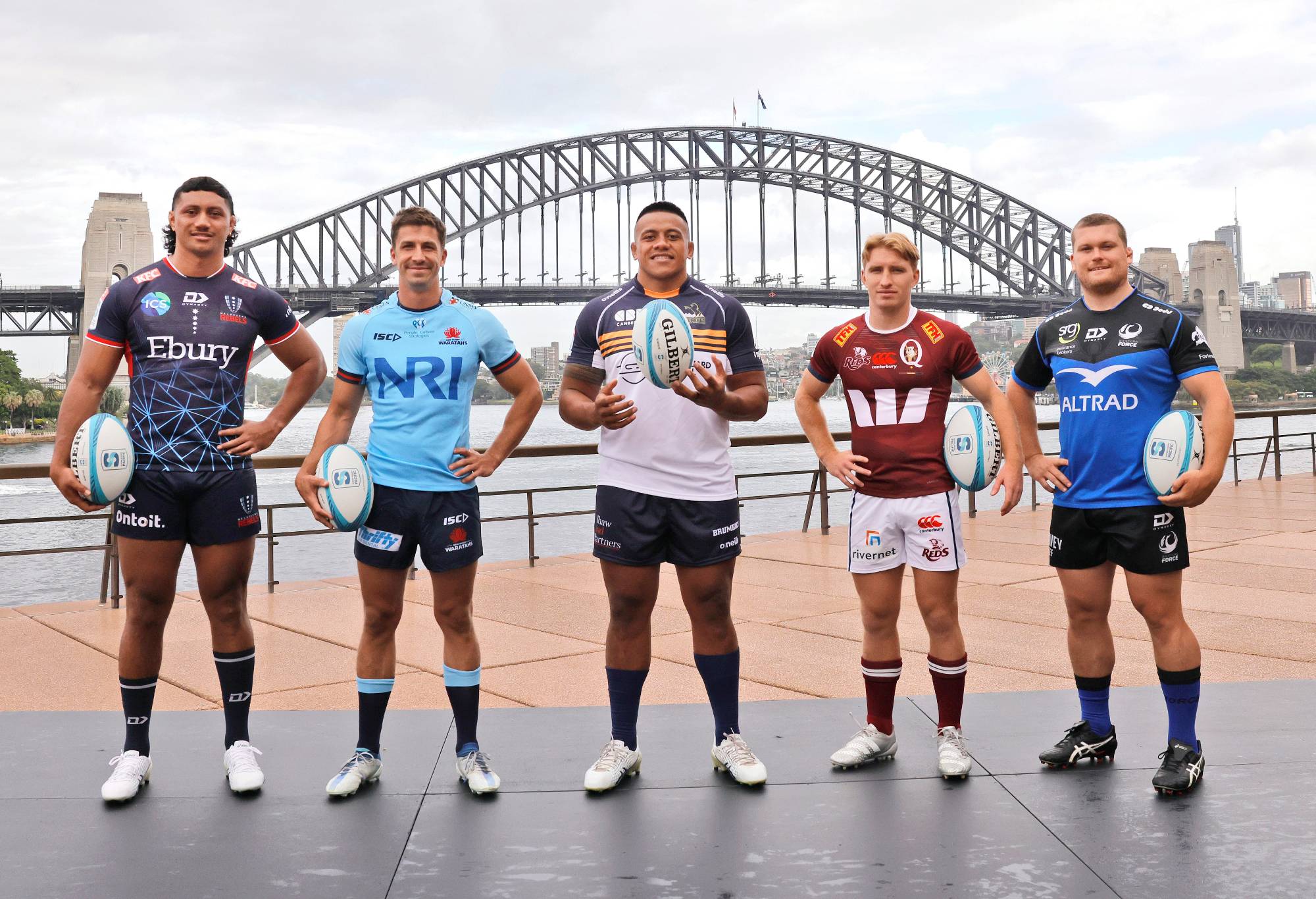
A push from Australia’s Super Rugby states hope that Japan can be involved in a cross-border competition, which replicates the Northern Hemisphere’s Heineken Cup. Photo: Jenny Evans/Getty Images
Crucially, no made up teams would be included and all 12 sides in Super Rugby Pacific would be able to qualify for the competition that would involve the best out of Japan’s League One competition.
The plan, which has been seen by The Roar, was proposed to Australia’s Super Rugby general managers after COVID-19 forced a competition reset. It also has the support of some ambitious clubs in Japan.
Under the proposal, the top two from each region (Australia, New Zealand and Japan) in the previous year’s standings would qualify for the Champions Cup.
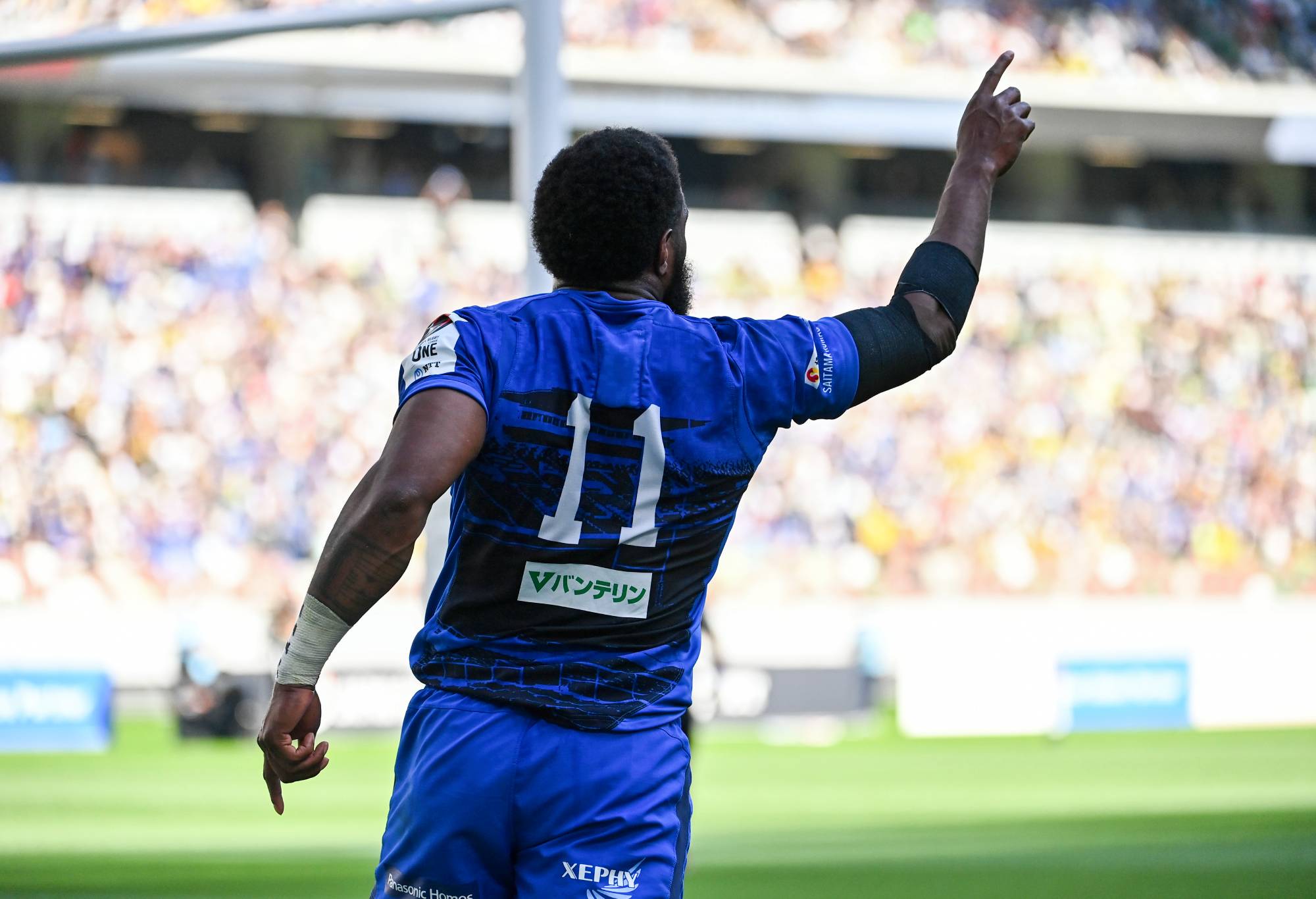
Marika Koroibete scored for Saitama Panasonic Wild Knights during their League One final victory over Suntory Sungoliath at National Stadium on May 29, 2022 in Tokyo. But could the Wallabies star play against Australian and New Zealand Super Rugby teams? (Photo: Kenta Harada/Getty Images)
Those who miss out on the Champions Cup would qualify for the Challenge Cup, meaning every team in Australia and New Zealand, as well as Fiji Drua and Moana Pasifika, would be included.
Similarly, the next highest ranked sides from the Japanese League One competition would make up the remaining four sides in the Challenge Cup.
Based on last year’s standings, the Crusaders, Blues, Brumbies, Waratahs, Panasonic Wild Knights and Suntory Sungoliath would make up the Champions Cup and play five pool matches with the top four playing in the semi-finals before a winner takes all final.

Chiefs star Damian McKenzie spent a year at Suntory Sungoliath, who lost to Saitama Panasonic Wild Knights in the Japanese League One final. But could they play in a Asia Pacific Championship against teams from Australia and New Zealand? (Photo: Kenta Harada/Getty Images)
While the remaining sides would play across two pools in a Challenge Cup series, which features semi-finals and a final.
The winner of the Champions Cup would take on the winner from up north, thereby opening up the possibility of Leinster playing the Crusaders or Toulouse squaring off against the Wild Knights or Brumbies
Importantly, the matches would be played intermittently throughout the regular Super Rugby season similar to up in the Northern Hemisphere.
Under the proposal, the Super Rugby season would start at the start of February and a World Club Challenge final would be played immediately after the Super Rugby final, which is scheduled for June 24.
One of the challenges for a World Club challenge has been finding a date that works for all five major domestic competitions in the world but given the French Top 14 final for 2023 is June 17, there is hope within Australian rugby circles that some leeway could be given.
By playing the World Club Challenge at the end of June, it would leave open the July Test window.
The benefits for Australia, New Zealand, the Pacific and Japan would be immense.
Not only would the competition add to Super Rugby, it would tap into Japan’s huge 130 million population and new broadcast, sponsorship and revenue opportunities.
Already the majority of Australia’s Super Rugby franchises have agreements with Japanese teams, including the Panasonic Wild Knights and Kintetsu Liners, while the Waratahs’ major sponsor, Nomura Research Institute, Ltd, is Japanese too.

The Queensland Reds faced off against the Crusaders in last year’s Super Rugby quarter-finals. Photo: Joe Allison/Getty Images
The time zone friendly conditions in Japan would also allow for the competition to be a broadcaster’s dream unlike the previous iterations of Super Rugby, which recklessly expanded and were set up to fail by introducing made up teams with no historical attachment.
Japan has long wanted a seat at the table and are “aggressively” seeking opportunities to play against the best of the Southern Hemisphere.
“We don’t know precisely the situation for the Super Rugby future and what kind of decisions people will make, however one thing that’s very obvious for us is that we need a cross-border type of competition to push up our quality of the league,” Japan Rugby League One chairman Genichi Tamatsuka told AAP last September.
“We continuously discuss with the many unions, other foreign leagues, and we aggressively seek the opportunity.
“We can have some sort of cross-border competition, some of our teams building to play in some of the competition, so those are the things we want to do but we haven’t made a final decision yet.”
Rugby Australia CEO Andy Marinos hit back soon after, saying they wanted to consolidate the current competition.
“We really want to settle in and bed this competition model and structure down before we start looking to quickly evolve and expand,” he said.
“That’s been a criticism… where the old Super Rugby competition continually felt needed to expand and add while the fans just wanted consistency in format and performance.”

Michael Leitch reacts following Japan’s defeat in the Rugby World Cup 2019 Quarter Final match against eventual champions South Africa. Photo Cameron Spencer/Getty Images
There is a belief that if no action is taken, Australia will miss out on tapping into one of the biggest markets in the world.
Without a third-tier competition, it is also a thought Australia could blow an opportunity to play more development matches before their respective domestic competitions get underway.
The Force, Reds and Rebels played a series of matches in Japan last year, while the Waratahs have a partnership with the Sanix Blues.
By increasing ties with their Japanese rivals, Super Rugby sources believe it would help the alignment and their likely integration into The Rugby Championship.
They also believe it could also slow the player drain to Europe, with players perhaps choosing Japan instead of the United Kingdom or France to leave open the possibility of Wallabies eligibility.

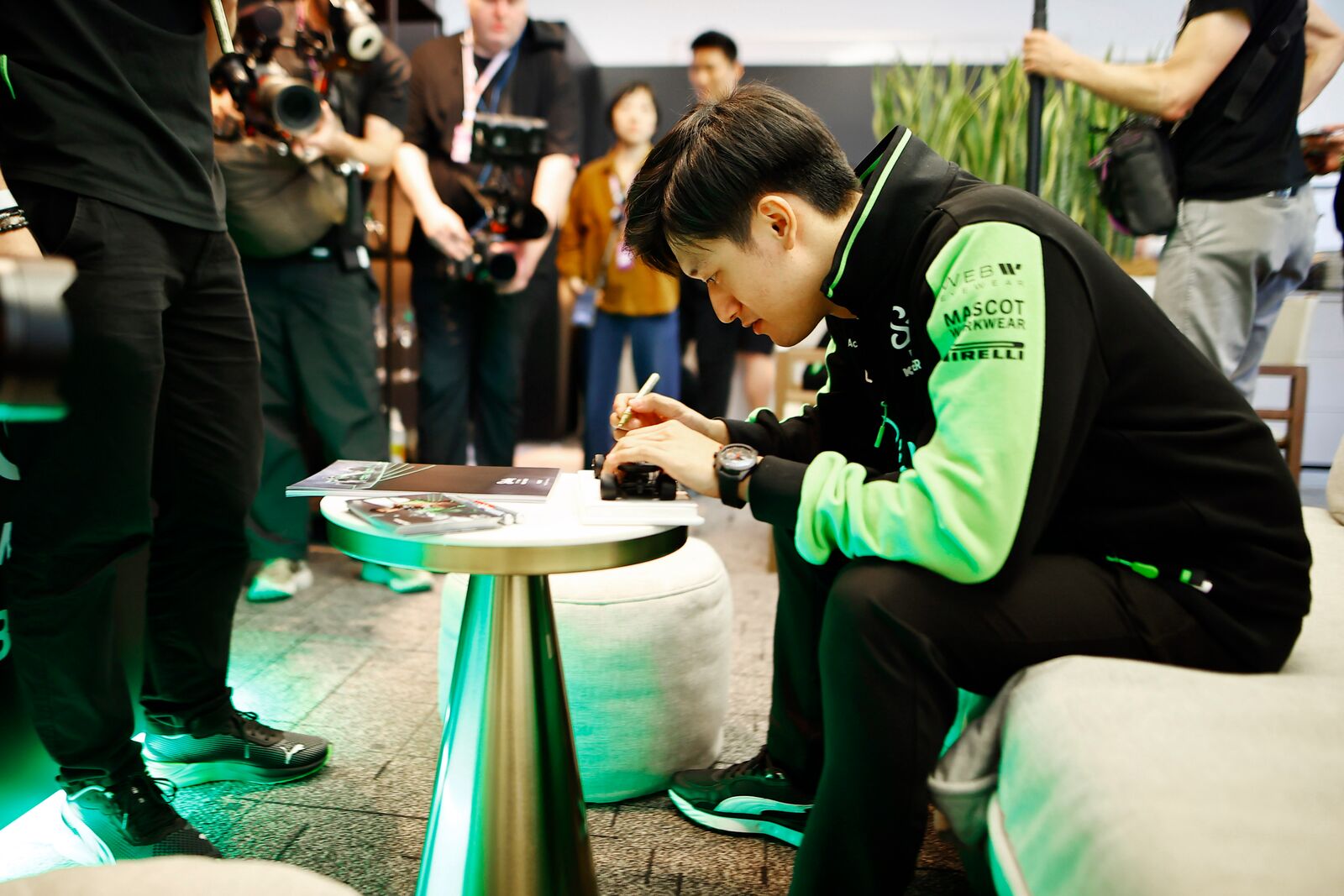



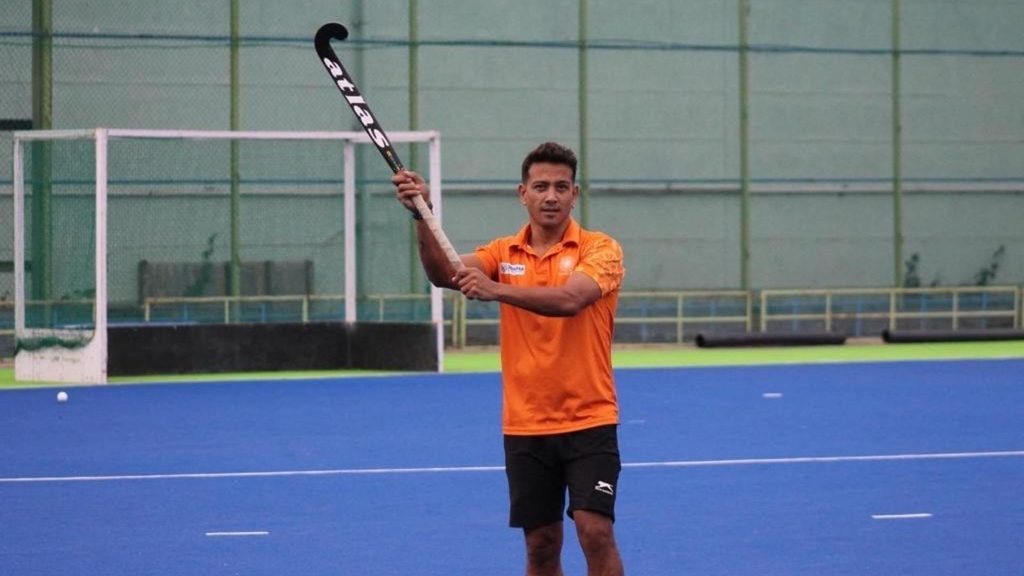

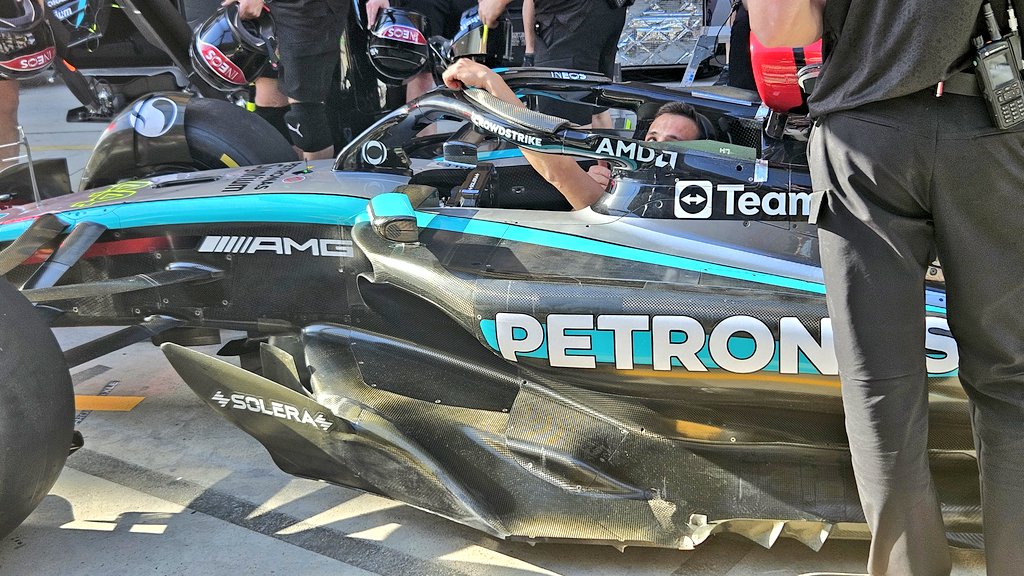










You must be logged in to post a comment Login